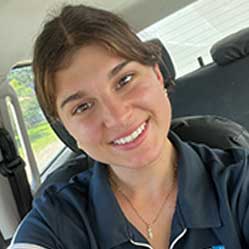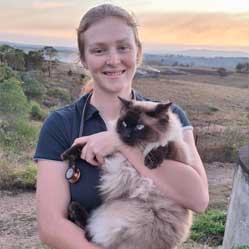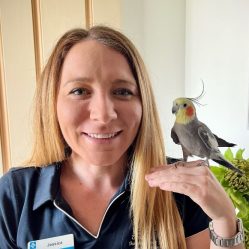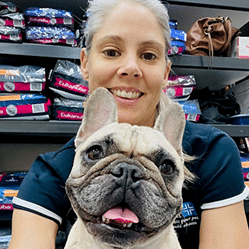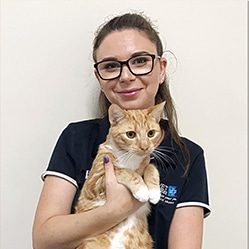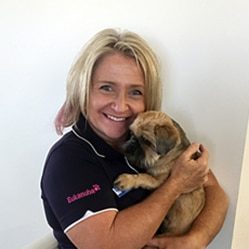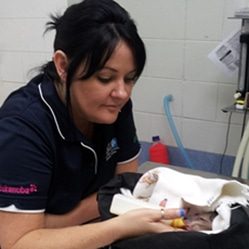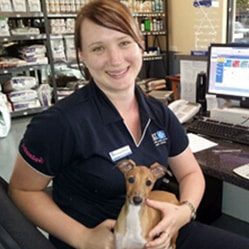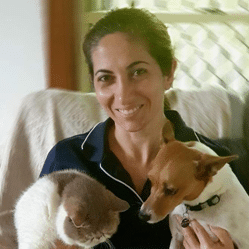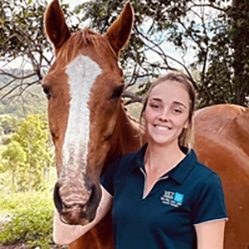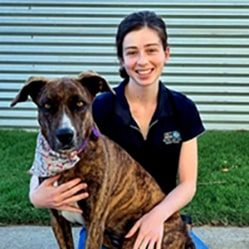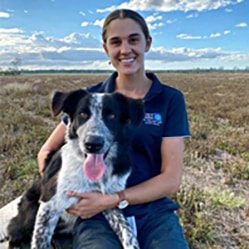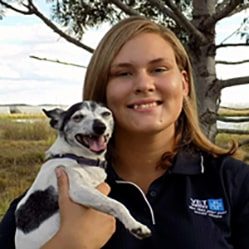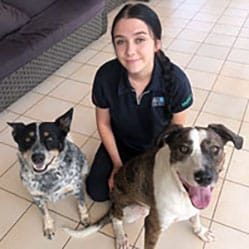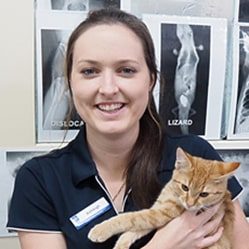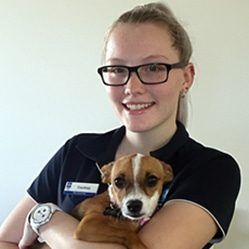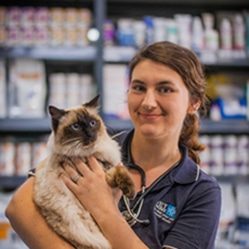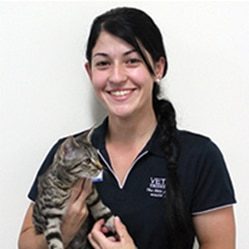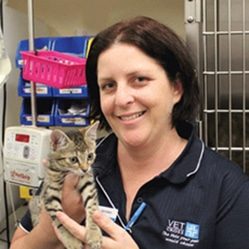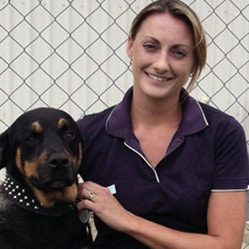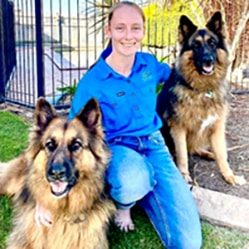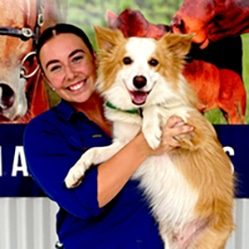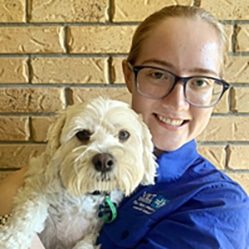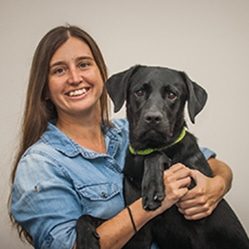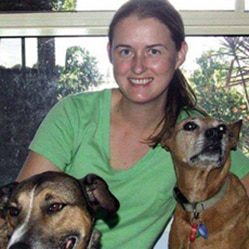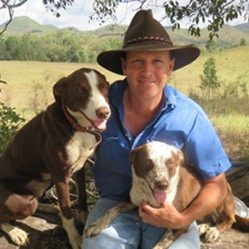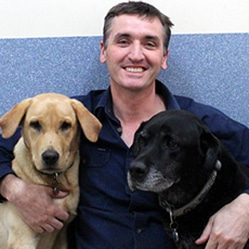Did you know that equine vets have one of the highest injury risks of all civilian professions? One of the risky scenarios we find ourselves in is trying to inject needle shy horses. This is a difficult and dangerous problem for owners, vets and horses.
Luckily, by understanding equine behaviour and learning we can quickly teach our horses that vets and needles are not that scary! Our training goals are:
- To reward the correct behaviour (standing still) through positive reinforcement
- To habituate the horse to a scary stimulus (needle or vet)
- To reduce the expression of flight response (running away, kicking, biting, shying, etc)
- To help the horse to have good associations with needles and the presence of two people at their shoulder
Positive reinforcement is giving a reward to increase the chances of the horse giving a response. In this case, we can use food (e.g. carrot pieces) to reward the horse when he stands still. However, we need to ensure we don’t accidentally reward the wrong behaviour by delaying the timing of the reward. The reward needs to come at EXACTLY the moment of the correct behaviour (not even a second later) or you will reward the wrong response! The easiest way to get this right is to use “secondary positive reinforcement” which means using another sound as a marker of the correct behaviour, then giving the reward soon after. It’s like saying to the horse: “Yes! Love your work, I have a treat coming!” A clicker makes a characteristic sound that is perfect for using as the marker.
Things you will need:
- A handful of desirable treats, e.g. carrot pieces
- A clicker – you can buy these from pet stores or online. We have some in the Vet Cross Petstore in Bundaberg, or we can send one out to our Gin Gin or Bargara clinics for you
Ideally an assistant to hold the horse while you do the training – this also gets the horse used to having two people around it
How to use a clicker to desensitise a needle-shy horse: 1) With a helper holding the horse, place your hand on his shoulder. Click and step back when he stands still, then give him a reward. Practice this until he doesn’t move when you place a hand on his shoulder. 2) Once he is happy with a hand on his shoulder, gently pinch some skin. When he stands still: click, step back and reward him. 3) Gradually start increasing the size of the skin pinch, then place your other hand next to the neck pinch, as if you were going to use a needle. 4) Eventually, you can practice holding an empty syringe (or a pen!) next to the skin pinch and even pressing this against his skin to get the horse. Some tips: • Be careful not to click or step back and release the pressure if he is moving away or showing other undesired behaviours. • If at any stage he gets anxious, go back to an easier level of the task until he is relaxed again. • When teaching horses new things, keep training sessions short. Ideally finish with a train of three improved repetitions. • If your horse is not very food motivated, or is TOO food motivated (i.e. they mug you for food), then you can use a scratch on the base of the wither instead. Horses find this particular spot very relaxing. Remember to SCRATCH, not PAT. • Let us know you’ve been using clicker training when we arrive – then we can fit in with your training and do a few easy repetitions to get the horse’s confidence before actually giving him the needle. This video gives a great demonstration of this method: https://www.youtube.com/watch?v=MRAIdnQmzak









